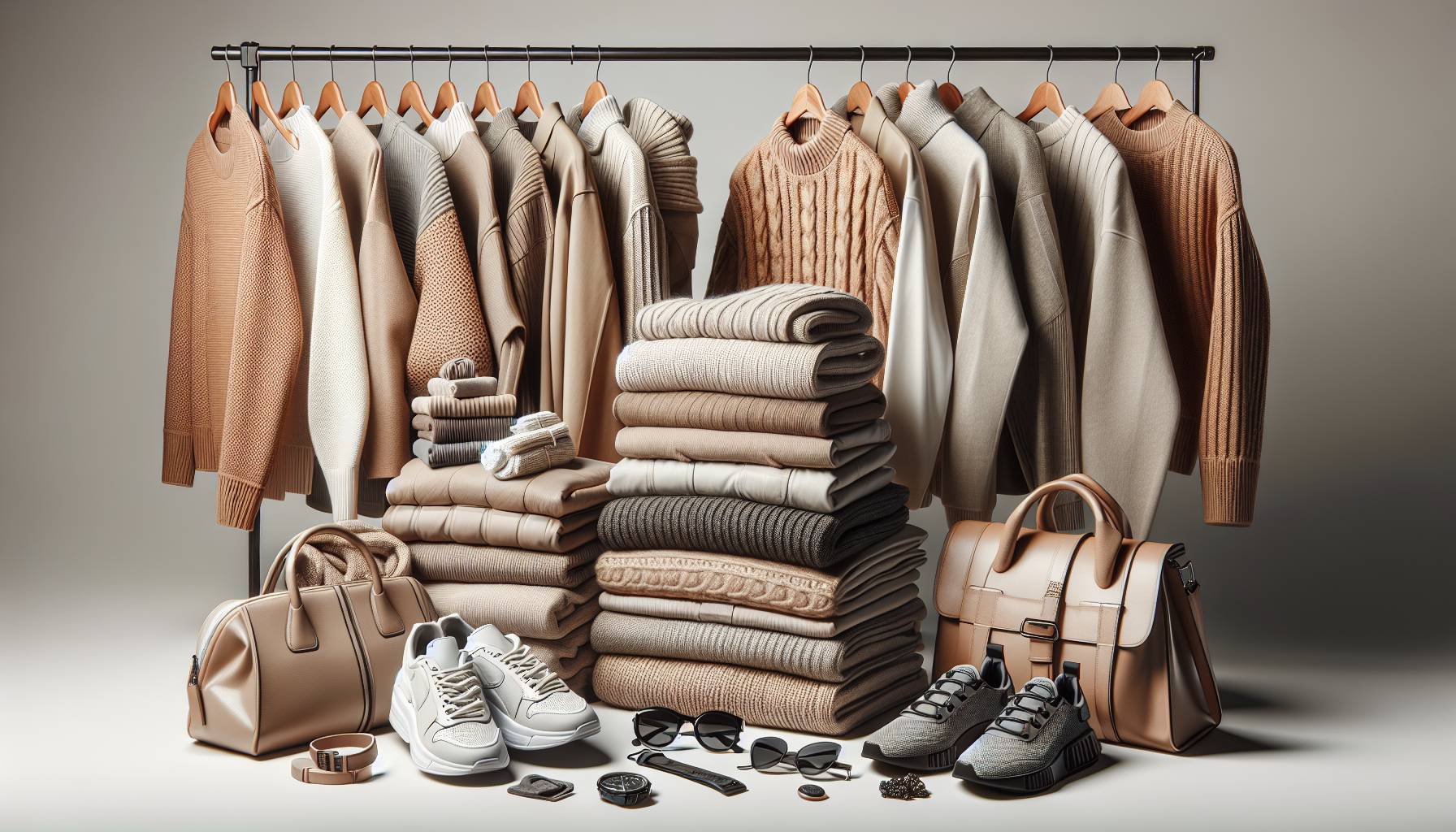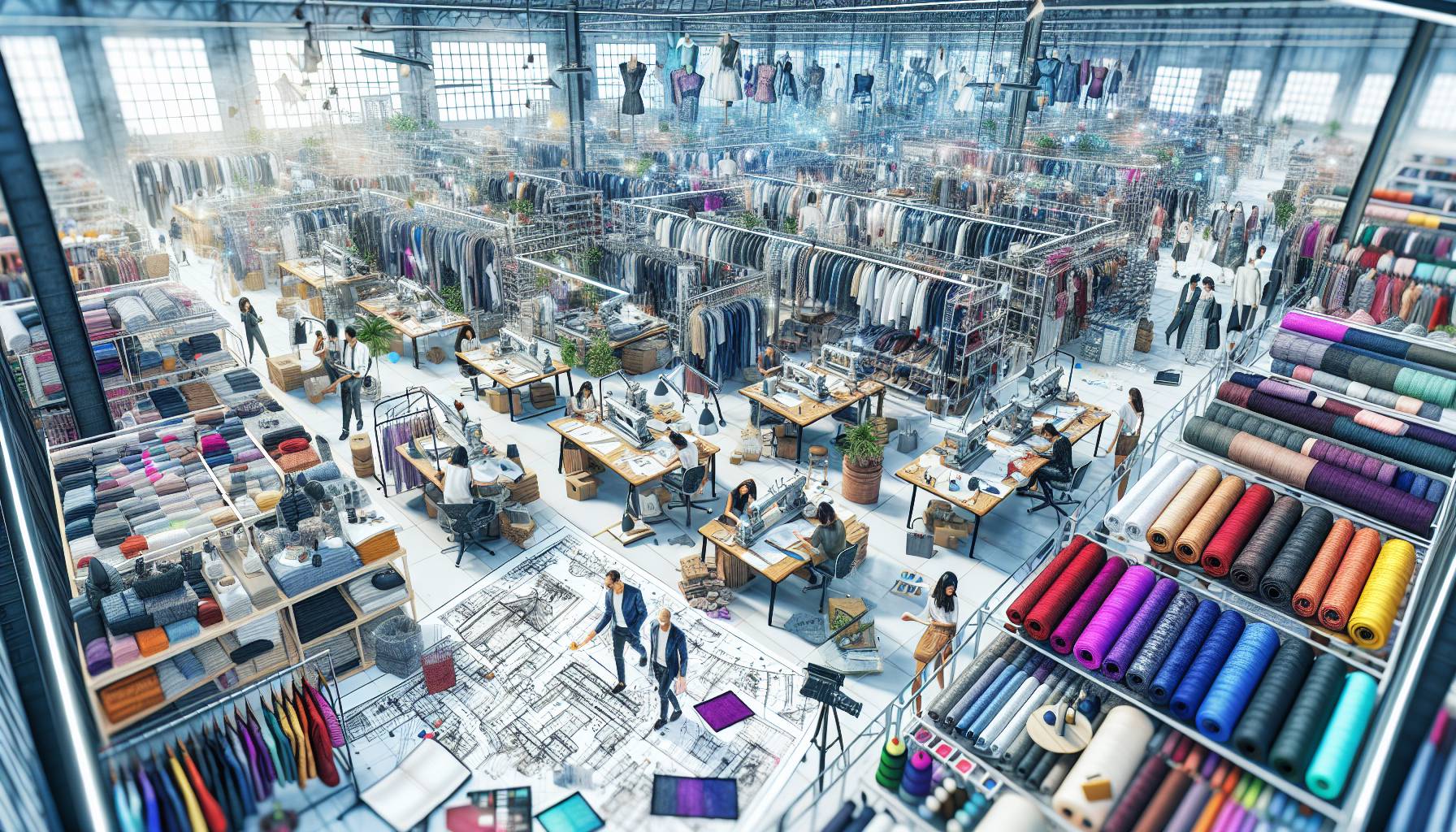Lipstick and mascara indexes as economic indicators
During periods of economic downturn, Australians—like many consumers globally—often adjust their spending habits in subtle yet telling ways. One of the more intriguing phenomena observed is the rise in sales of small, affordable beauty products, a trend encapsulated by the concept of the Lipstick Index. Coined in the early 2000s, this term suggests that when the economy falters, consumers are more likely to purchase inexpensive luxuries such as lipstick, rather than splurging on high-cost items like designer handbags or overseas holidays.
This behaviour reflects a psychological shift: people still seek comfort and a sense of normalcy, even if their financial circumstances have tightened. A new lipstick or mascara can offer a quick mood boost and a feeling of indulgence without breaking the bank. In Australia, beauty retailers have noted similar patterns, with spikes in cosmetic sales during times of economic stress, such as the Global Financial Crisis and more recently, the COVID-19 pandemic.
Closely related is the Mascara Index, a newer but equally telling indicator. Like lipstick, mascara is a relatively low-cost item that can make a noticeable difference in one’s appearance. Its popularity during tough times suggests that consumers continue to prioritise self-care and presentation, even when budgets are constrained. This trend is particularly evident among working professionals who may still be attending meetings—whether in person or via Zoom—and want to maintain a polished look.
These beauty indexes serve as more than just quirky economic trivia. They offer real insight into how Australians navigate financial uncertainty, revealing a preference for small, morale-boosting purchases over larger, riskier expenditures. In this way, the contents of a makeup bag can quietly reflect the broader economic mood of the nation.
The rise of Corp Core in uncertain times
As economic uncertainty lingers, Australians are not only adjusting their spending on beauty products but also rethinking their wardrobes. One of the most notable shifts in recent years is the emergence of the Corp Core trend—a fashion movement characterised by structured, office-inspired attire such as tailored blazers, crisp button-down shirts, and sleek trousers. While it may seem counterintuitive to embrace corporate aesthetics during a time when many are working remotely or facing job insecurity, this trend speaks volumes about the collective mindset.
Corp Core reflects a desire for stability and control in an unpredictable environment. Dressing in a way that evokes professionalism and routine can offer a psychological anchor, especially when other aspects of life feel uncertain. For many Australians, slipping into a blazer or loafers—even if only for a trip to the shops or a casual coffee catch-up—can provide a sense of purpose and normalcy.
There’s also a nostalgic element at play. As the economy fluctuates and the future feels less certain, people often look to the past for comfort. The clean lines and classic silhouettes of Corp Core harken back to more stable times, perhaps even evoking memories of pre-pandemic office life or the early days of one’s career. This sartorial throwback can be both comforting and empowering, offering a subtle form of escapism through style.
Retailers across Australia have taken note, with local brands incorporating more structured pieces into their collections. From Melbourne’s minimalist labels to Sydney’s high-street chains, there’s a clear uptick in demand for garments that blend formality with versatility. Consumers are seeking items that can transition from Zoom calls to weekend brunches, reflecting a new kind of practicality born from economic caution.
Ultimately, the rise of Corp Core is more than just a fashion statement—it’s a cultural response to financial instability. It reveals how Australians are using clothing not only to express themselves but also to navigate a world that feels increasingly complex. In uncertain times, a sharp blazer or a pair of tailored trousers can serve as armour, helping individuals project confidence and resilience, even when the future feels anything but certain.
Fashion and beauty as reflections of consumer sentiment
In times of economic flux, fashion and beauty choices often become subtle yet powerful expressions of public sentiment. Australians, like consumers elsewhere, tend to gravitate toward styles and products that reflect their emotional and financial realities. When confidence in the economy wanes, people may opt for more conservative or practical looks, favouring neutral tones, timeless cuts, and multi-use beauty products that offer both value and versatility.
This shift is not merely about aesthetics—it’s deeply psychological. Clothing and cosmetics can serve as tools for self-assurance, allowing individuals to maintain a sense of control and identity amid external instability. For instance, a well-fitted blazer or a swipe of bold lipstick can act as a personal morale booster, helping someone feel composed and capable, even when facing job insecurity or rising living costs.
Consumer sentiment is also reflected in the types of purchases being made. During uncertain periods, Australians often become more discerning, favouring quality over quantity. Rather than chasing fast fashion or fleeting beauty fads, there’s a noticeable pivot toward investment pieces—items that promise longevity and adaptability. This behaviour suggests a cautious optimism: while people may be tightening their belts, they’re still willing to spend on products that offer lasting value and emotional uplift.
Retailers and brands are increasingly attuned to these shifts. Marketing campaigns have begun to emphasise themes of resilience, empowerment, and authenticity, resonating with consumers who are seeking more than just surface-level appeal. Beauty brands, for example, are highlighting skincare over heavy makeup, aligning with a broader desire for wellness and self-care. Similarly, fashion labels are promoting capsule wardrobes and sustainable fabrics, tapping into a growing consciousness around mindful consumption.
These evolving preferences underscore how fashion and beauty are not isolated from economic realities—they are deeply intertwined with how people feel about their present and future. Whether it’s through a pared-back makeup routine or a return to classic tailoring, Australians are using style as a way to process, respond to, and even push back against the uncertainty that surrounds them.
Beauty as a barometer of economic sentiment
In times of economic uncertainty, beauty products often become more than just tools of self-expression—they transform into subtle indicators of consumer confidence. The concept of the Lipstick Index, coined in the early 2000s, suggests that when the economy takes a downturn, women are more likely to purchase small, affordable luxuries like lipstick rather than splurging on high-end fashion or big-ticket items. It’s a way of maintaining a sense of indulgence and control, even when financial pressures mount.
Similarly, the Mascara Index has emerged as a modern counterpart, reflecting the same behavioural shift. Mascara, like lipstick, is a low-cost item that delivers a quick confidence boost—perfect for women navigating uncertain times. These beauty staples become go-to purchases, offering a sense of normalcy and empowerment when larger lifestyle changes may be out of reach.
“When the economy tightens, we see a spike in sales of beauty products that offer instant gratification without the guilt,” says a Sydney-based beauty analyst. “It’s not just about looking good—it’s about feeling in control.”
In Australia, this trend is particularly noticeable in urban centres like Melbourne and Brisbane, where beauty retailers report steady sales of lipsticks and mascaras even as other retail sectors slow. It’s a reminder that beauty isn’t just skin deep—it’s deeply tied to how women respond to the world around them.
- During economic dips, lipstick sales often rise as women opt for affordable indulgence.
- Mascara follows a similar pattern, offering a quick, budget-friendly boost.
- These trends reflect emotional resilience and a desire for self-care amid financial stress.
Fashion trends reflecting financial realities
Fashion, much like beauty, has its own way of mirroring the economic climate—often through subtle shifts in style and consumer priorities. One of the most telling examples right now is the rise of Corp Core, a trend that embraces structured silhouettes, neutral palettes, and office-ready staples like tailored blazers, crisp shirts, and wide-leg trousers. It’s a look that’s less about flamboyance and more about functionality, signalling a collective pivot toward stability and professionalism.
In Australia, this aesthetic is gaining traction in cities like Sydney and Perth, where fashion-forward women are blending corporate classics with modern minimalism. Think oversized blazers paired with sneakers, or pinstripe trousers styled with a basic tee—pieces that feel grounded, versatile, and recession-proof. The appeal lies in their longevity and adaptability, especially when budgets are tight and every purchase needs to work harder.
“We’re seeing a return to investment dressing,” notes a Melbourne-based fashion buyer. “Women are choosing quality over quantity, and leaning into styles that offer both polish and practicality.”
Economic uncertainty often prompts a shift away from fast fashion and toward timeless staples. The Corp Core trend reflects this mindset, offering a wardrobe that feels both aspirational and attainable. It’s not just about dressing for the job you want—it’s about dressing for resilience, confidence, and control in unpredictable times.
- Corp Core embraces tailored, office-inspired pieces that signal structure and stability.
- Australian women are opting for versatile staples that blend style with practicality.
- This trend reflects a shift toward mindful spending and long-term wardrobe planning.

